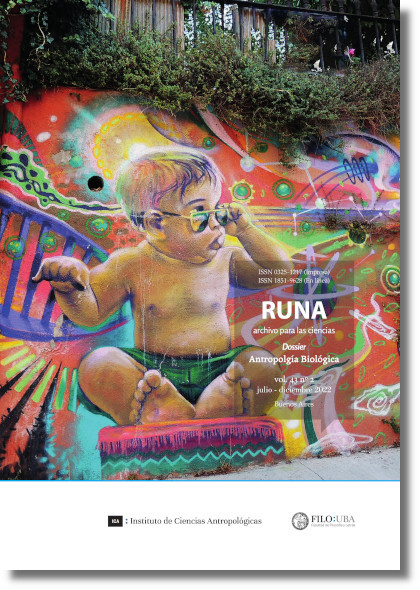Widows and Orphans: Differential mortality in the central sector of the Puna of Jujuy at the end of the 18th century.
Abstract
Abstract Based on two population registers of the late eighteenth century for Casabindo and Cochinoca, Puna de Jujuy, a detailed analysis of the family groups settled in each of them is carried out. Individuals and kinship groups from the 1778/79 Viceroyalty Census and the 1786 tributary census are taken into account. The results obtained reveal a large and stable population, reflected in an important percentage of individuals present in both registers and in a significant number of births. In contrast, the latter document shows a significant increase in widows, orphans, dependents and the absence of individuals corresponding to specific age groups. This situation could be hypothetically linked to the incidence of a plague, epidemic or other adverse circumstances that occurred during the period, causing a differential mortality pattern for which there is no documentary evidence.Downloads

Runa, archivos para las ciencias is a publication of the Instituto de Ciencias Antropológicas, Facultad de Filosofía y Letras, Universidad de Buenos Aires and is distributed under a Creative Commons Attribution 4.0 International License.
Runa maintains its commitment to the policies of Open Access to scientific information, considering that both scientific publications and publicly funded research should circulate on the Internet freely, free of charge and without restrictions.
The contents and opinions expressed in published articles are the sole responsibility of their authors.



















